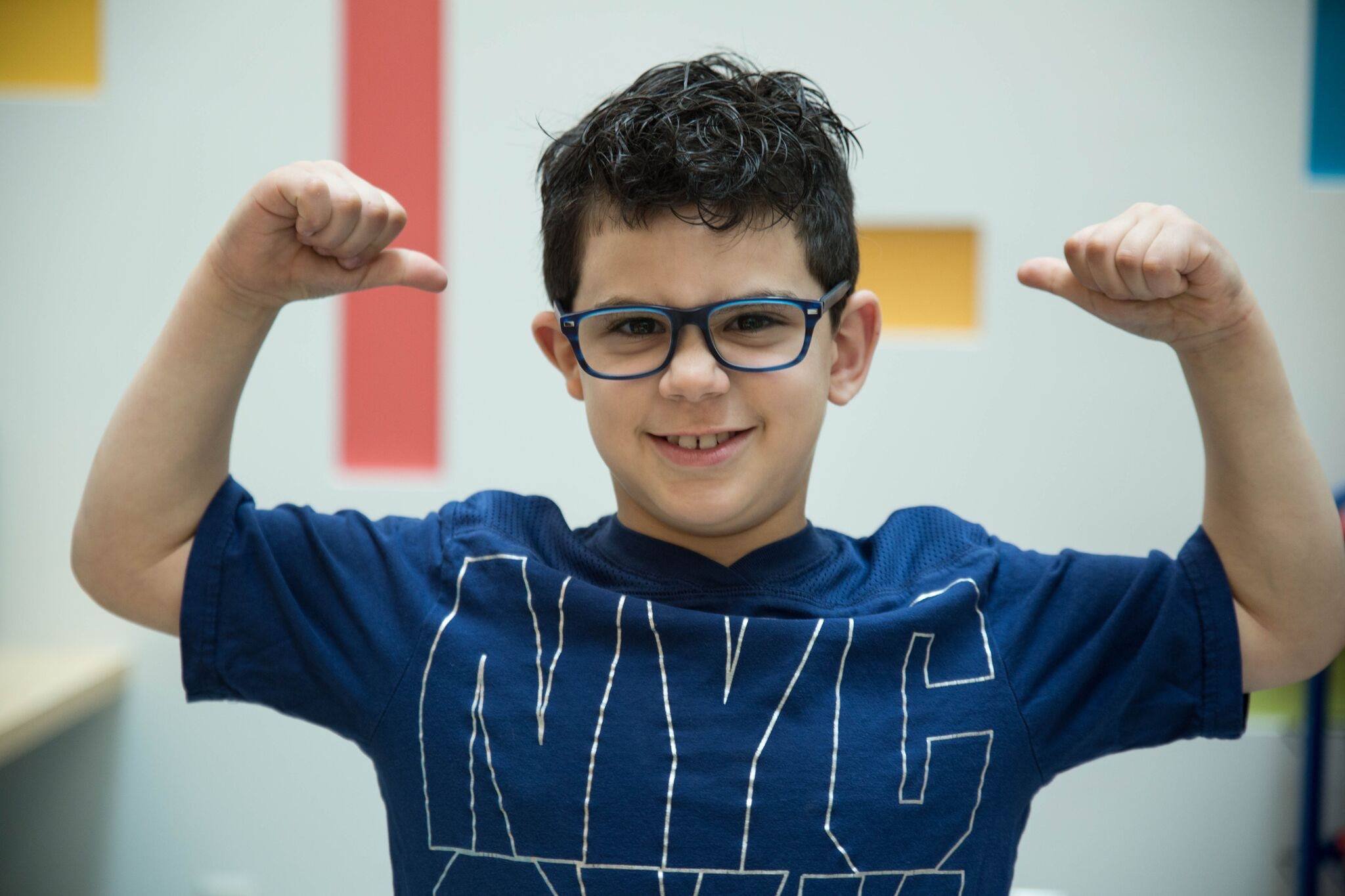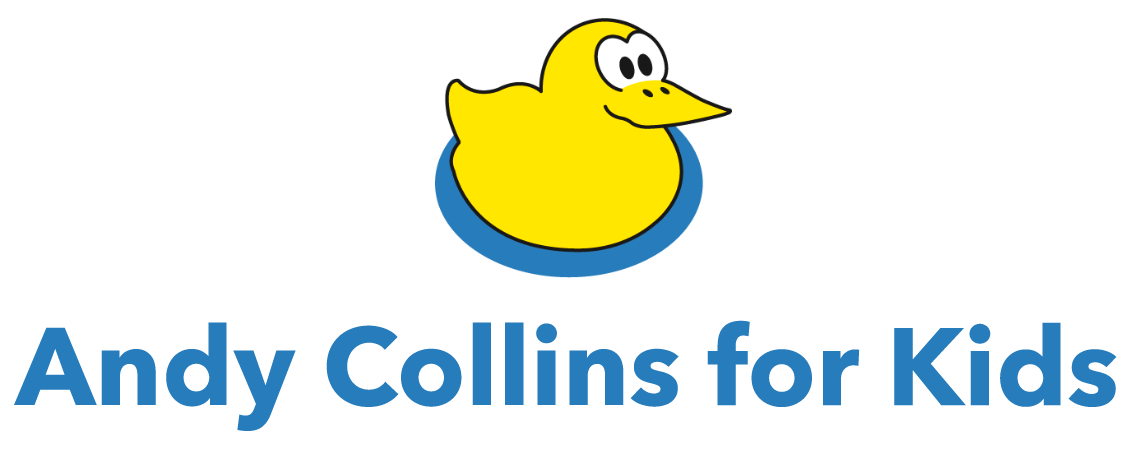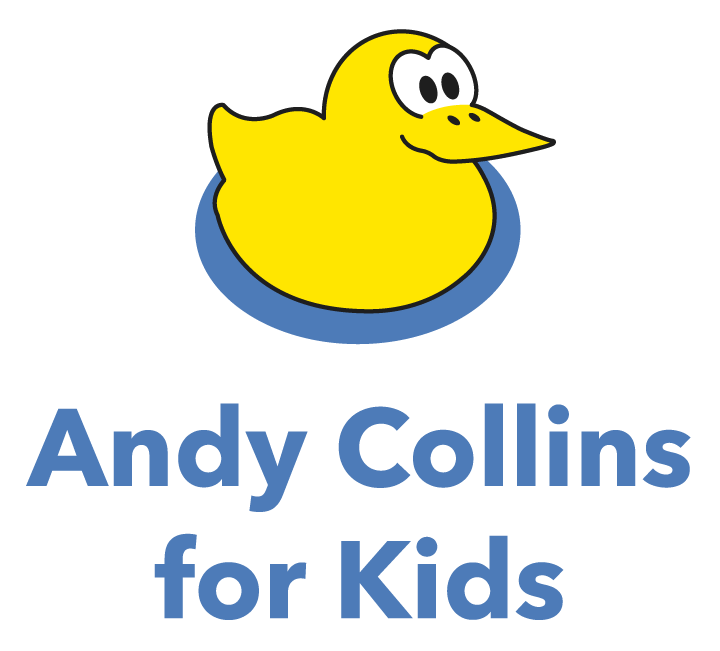
Programs we Support.
100% of donations directly reach the Montreal Children’s Hospital Foundation and ACK works closely with the team to select specific beneficiary programs.
How your generous donation will help:
Happiness and fun
20%including Tips of the Toes adventure program for teenagers fighting cancer, Art and Music Therapy and Dr. Clown
Education
20%including the Cardiovascular Research Library
Research
20%including the Children’s Brain Trauma Program
40%Andy Collins for Kids Endowment Fund
where donations are placed in an investment portfolio to yield additional funds
We are also proud to support the work of exemplary doctors such as Dr. Christo I. Tchervenkov MD, FRSCS and the Pediatric Respiratory Medicine and Cystic Fibrosis Clinic led by Dr. Larry Lands MD, PhD.

Music Therapy
Over 200 individual patients at The Children’s experience the healing power of music every year (and thousands of music therapy sessions are provided). Music therapy services are available to patients in the Neonatal Intensive Care Unit (NICU), Pediatric Intensive Care Unit (PICU), Advanced Care Unit (ACU), HematologyOncology, as well as medical and surgical units.
Donor commitment to this innovative program has allowed it to grow and adapt with the times, particularly during the pandemic.
Featured article: Easing the Pain One Heartbeat at a Time, Chez Nous magazine
Quote from The Children’s Music Therapists: “We are very thankful for your support that helps us contribute to improving patients’ hospitalization by promoting self-expression, coping mechanisms and development through music. Patients’ well-being can improve as they find their voice and build on their inner strength to cope with their challenges, and parents find support in navigating through the new realities of their family’s life.”
Dr. Christo I. Tchervenkov MD, FRSCS
The Mission of the World Society for Pediatric and Congenital Heart surgery is to promote the highest quality comprehensive care to all patients with pediatric and/or congenital heart disease, from the fetus to the adult, regardless of the patient's economic means, with emphasis on excellence in education, research and community service.
Executive Director and Founding President of the World Society, Dr. Tchervenkov, is a long-time recipient of support from ACK, and shared his thanks:
“The World Society would like to express profound gratitude for the invaluable support it has received over the years from the Andy Collins for Kids Fund and from the Montreal Children's Hospital Foundation. Through the ongoing involvement with the World Society, the Montreal Children's Hospital continues to be a global leader in the field of Pediatric and Congenital Cardiac Surgery.”

Dr. Clown (Jovia)
The Dr. Clowns make approximately 100 visits to The Children’s every year, and see up to 4000 patients.*
The therapeutic clowns meet children of all ages, from babies to young children and even teenagers, with the goal to empower patients. Dr. Clowns use various artistic tools (music, dance, storytelling, games, etc.) to provide joy and moments of awakening and gentleness, and they also contribute to improved self-esteem.
*Data based on fiscal year 2019-2020. The program was paused during the pandemic.

Art Therapy
The Art Therapist, who works in The Children’s Division of Adolescent Medicine, follows roughly 40 to 50 patients per year. She is part of a multidisciplinary team and her input helps professional colleagues, as well as patients and families throughout their medical journey.
On the Tip of the Toes
On the Tip of the Toes Foundation’s mission is to change the lives of young people aged 14 to 39 who are living with cancer by offering them an opportunity to participate in a therapeutic adventure expedition.
Andy Collins for Kids’ support for this program over the last 21 years has allowed over 25 patients from The Children’s to participate in these adventures.

Trauma Program
There are approximately 5,000 patient visits to the Concussion Clinic per year.
Support for the program:
Trauma prevention brochure: The brochure was printed over 10,000 times and distributed widely to schools, summer camps, sporting associations, community-based pediatricians, family physicians & other health care professionals, CLSCs, community events, municipalities, recreation departments, and the department Public Health.
Car seat training partnership with Batshaw: The Children’s Trauma Centre’s Injury Prevention program regularly trains youth protection workers on the correct usage of car seats. This involves a presentation on the use of car seats followed by a practical session in the cars.
Violence Prevention: Over the last year, The Children’s has seen an increase in teens and youth coming to the Trauma Centre with injuries caused by violence. In response, the injury prevention program developed a list of community resources across the greater Montreal region. This resource list is being used by the Social Services Department to refer teens to a variety of community-based resources with the goal of preventing re-injury amongst this population.






